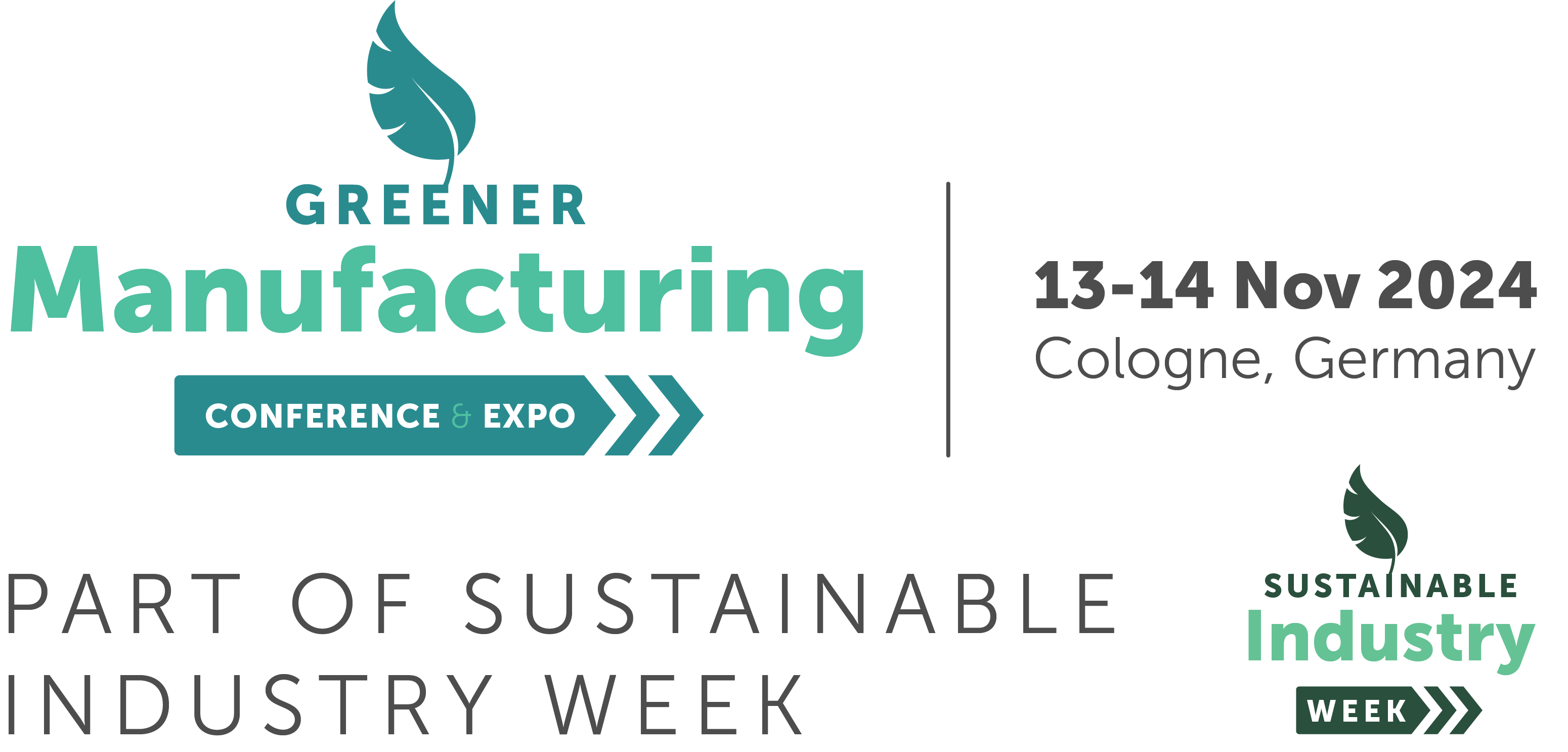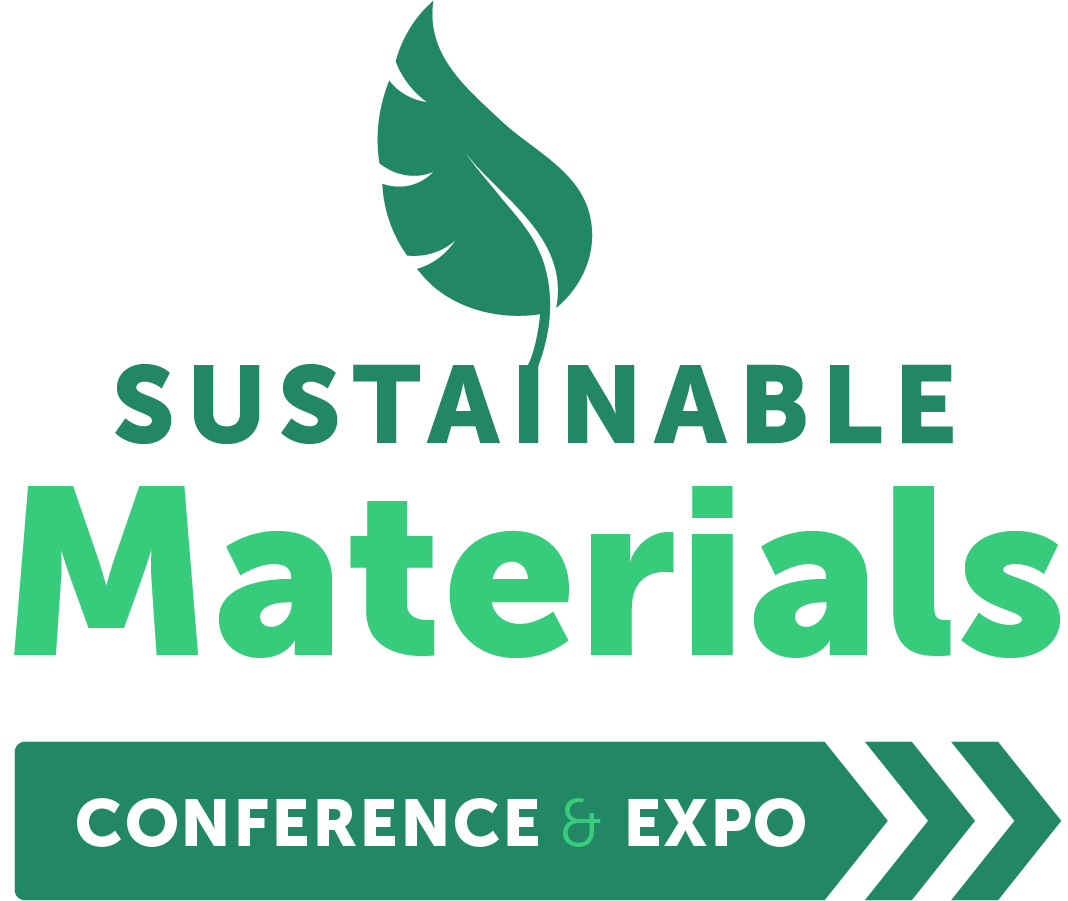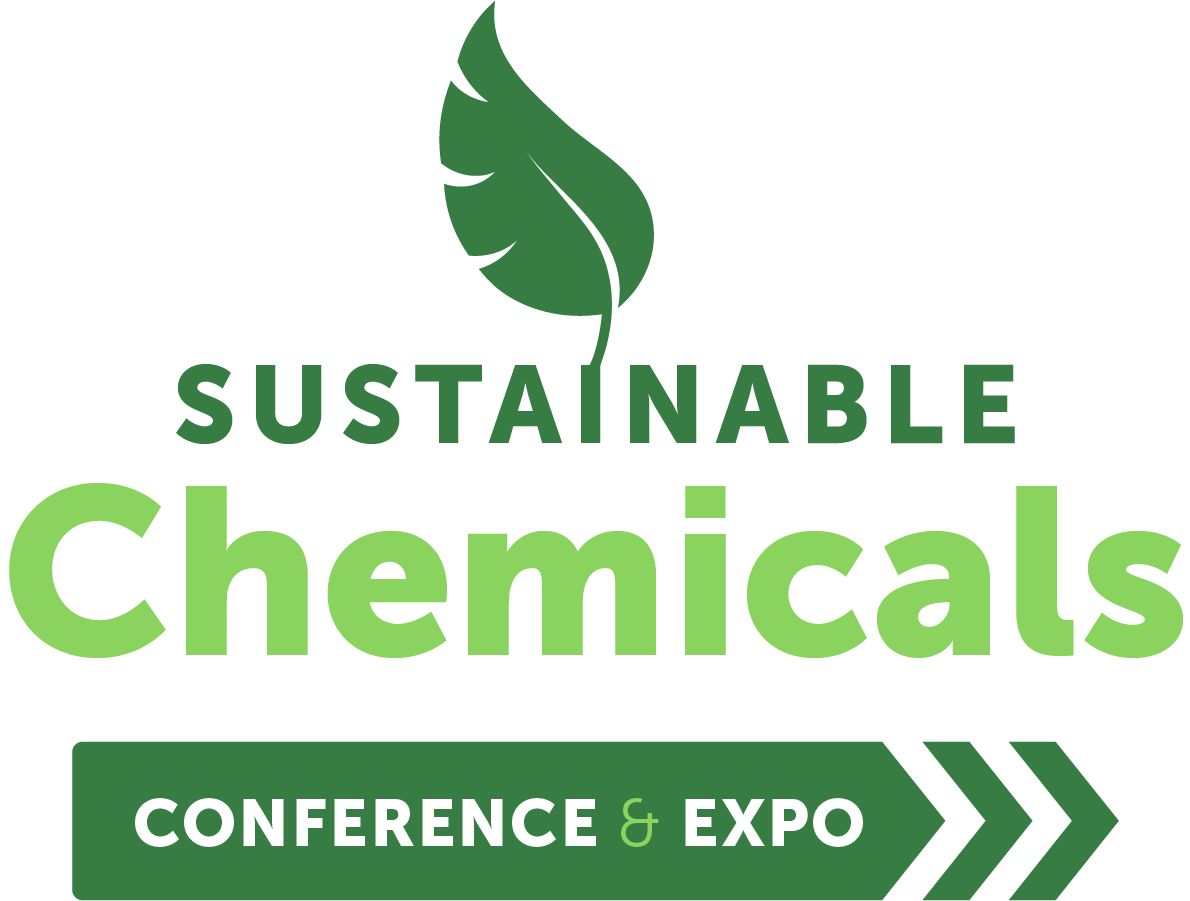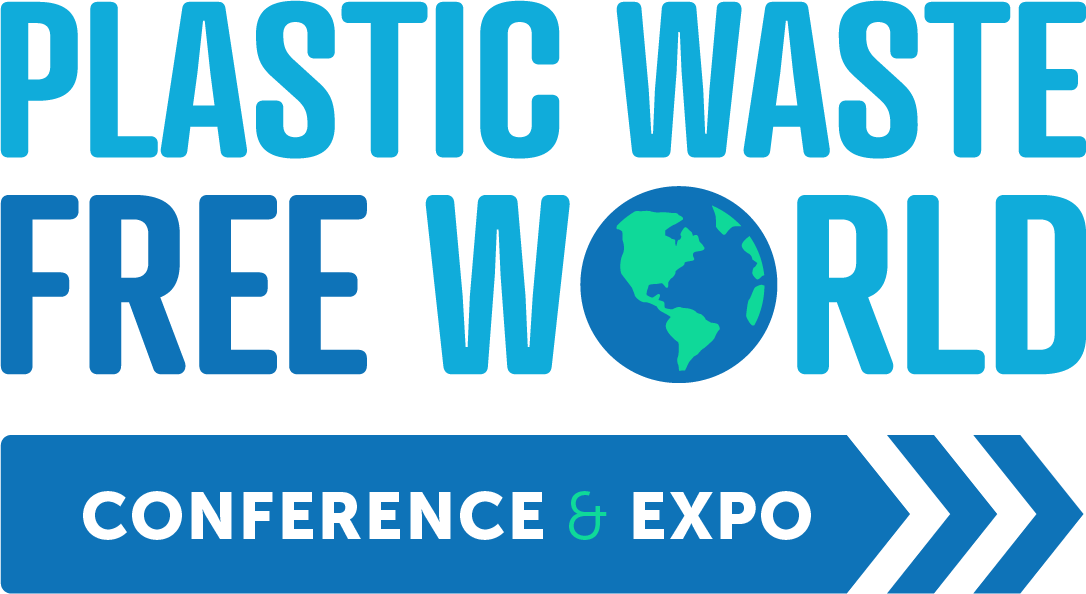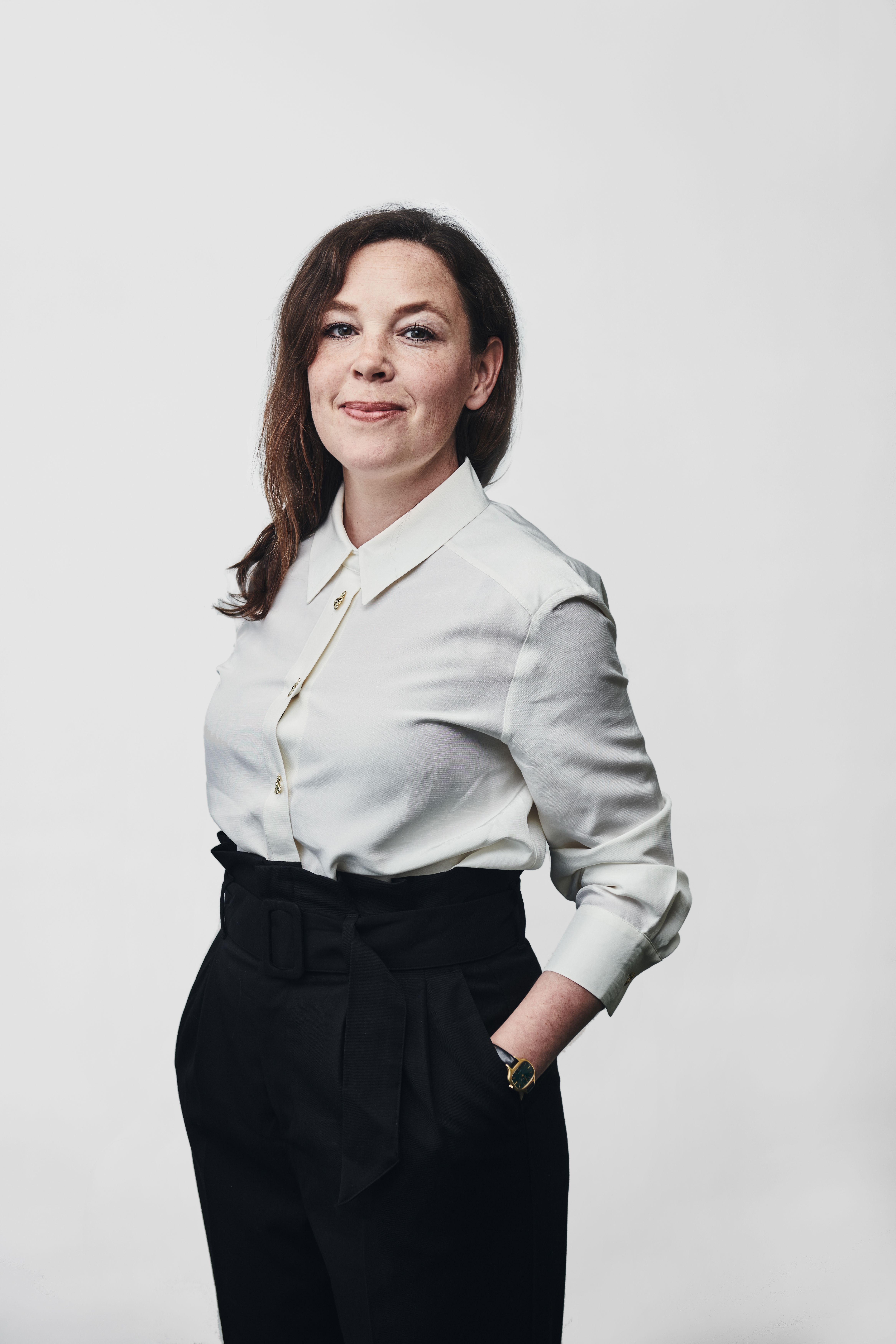Design for Circular Economy - The Stena "DfC" way
08 Nov 2023
Reducing Manufacturing Emissions
How can companies transform their businesses, products and processes in order to become more circular and create circular flows of both products, components and materials? Today’s material use leads to significant value losses after the first use cycle of products. For example, 57% of the materials value of steel, plastics, and aluminium used in the EU, is lost each year. The main goal of a circular economy is to keep the value of products, components and materials for as long as possible avoiding extraction of new resources and save emissions. This can be done by thinking smart from the start when innovating and developing new products and solutions. It is important to apply strategies for longevity, repair, reuse, remanufacturing and recycling and connect product design with business model innovation. Choosing recyclable materials, e.g. is not only about material choice. Is there a system in place to recycle it? Will it separate efficiently in the recycling process and become new material? Recyclability in theory is not the same as in practice. I will tell you about the methodology we use at Stena Circular Consulting to tackle these questions, Design for Circular Economy, DfC. The method and tools we use build on expertise since 1939 of recycling and trading materials together with the joint knowledge of some of the best consultants in Sweden in the area of circular economy.

